Jon_Are
TPF Noob!
- Joined
- May 12, 2007
- Messages
- 655
- Reaction score
- 13
- Can others edit my Photos
- Photos NOT OK to edit
Went out shooting yesterday. Got some nice shots, but about half have all or part of the sky blown. I was primarily shooting in aperture priority, being mindful of depth of field.
Questions:
1. I wasn't careful about from which point within the frame I was metering; I'm guessing this is the problem. Should I have first metered for the sky, then re-framed the composition?
2. If I do this, won't my subject possibly be out of focus?
3. Is there anything at all I can do in pp to fix the sky, even a little?
Thanks!
Jon
Questions:
1. I wasn't careful about from which point within the frame I was metering; I'm guessing this is the problem. Should I have first metered for the sky, then re-framed the composition?
2. If I do this, won't my subject possibly be out of focus?
3. Is there anything at all I can do in pp to fix the sky, even a little?
Thanks!
Jon


 It's evil and it can look a bit off if you don't do it right, but he is right... I've done it a number of times.
It's evil and it can look a bit off if you don't do it right, but he is right... I've done it a number of times. 

![[No title]](/data/xfmg/thumbnail/36/36966-71220579619c9a335442302fce0e57aa.jpg?1619737842)
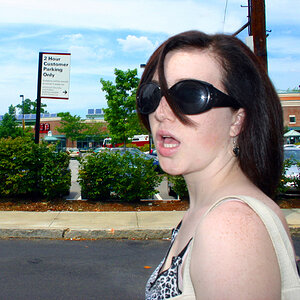
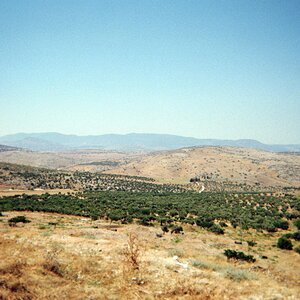
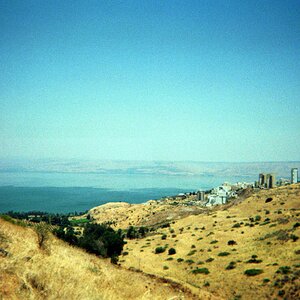

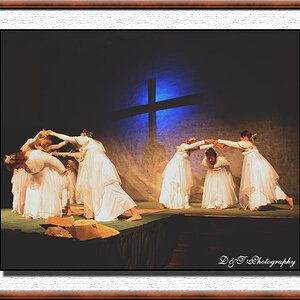
![[No title]](/data/xfmg/thumbnail/39/39225-99d579cd498f8f152a288d7e8e7ad2a4.jpg?1619738926)
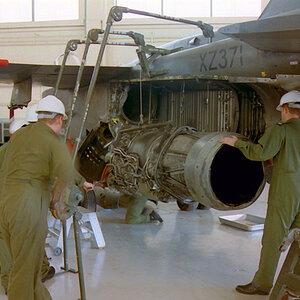
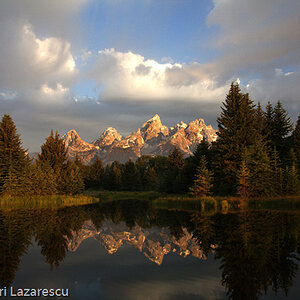
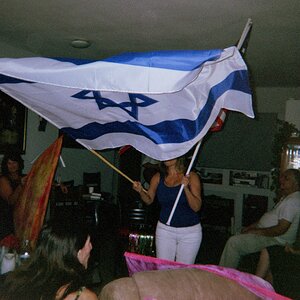
![[No title]](/data/xfmg/thumbnail/39/39224-aa3271aa220fe57f37caf898b6984846.jpg?1619738926)